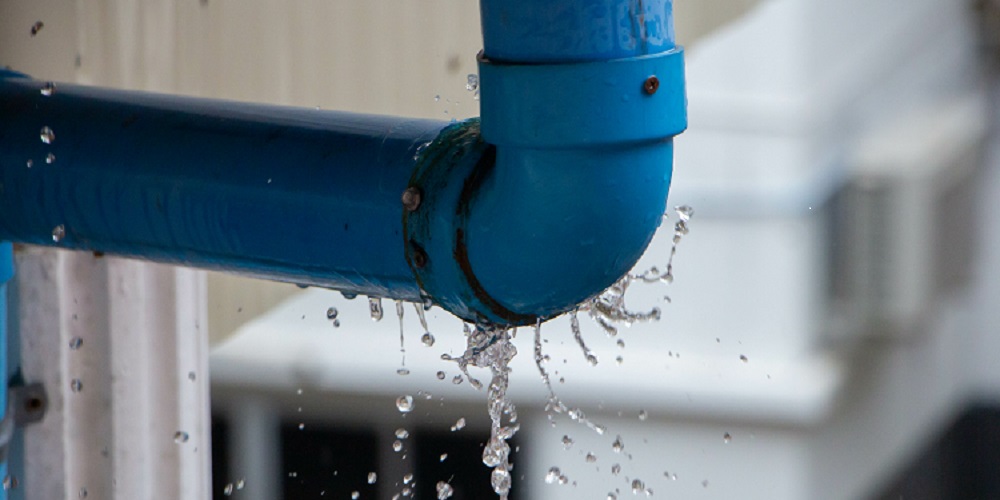How to Find and Repair Water Leaks-- A Comprehensive Overview
How to Find and Repair Water Leaks-- A Comprehensive Overview
Blog Article
This great article which follows about Locating water leaks is particularly fascinating. Read it yourself and decide what you think of it.

Early detection of dripping water lines can mitigate a prospective calamity. Apart from saving you money, it will certainly decrease the worry and also frustration. The moment you find a leak, calling your plumber for repair work is the very best option. Some small water leakages may not be noticeable. If you can not identify it with your nude eyes, right here are some hacks that help.
1. Check Out the Water Meter
Checking it is a surefire means that helps you uncover leaks. If it relocates, that indicates a fast-moving leakage. This means you might have a slow-moving leak that can even be below ground.
2. Inspect Water Consumption
Examine your water costs and track your water usage. As the one paying it, you need to notice if there are any type of disparities. If you identify sudden changes, despite your consumption being the same, it suggests that you have leaks in your plumbing system. Bear in mind, your water bill should fall under the same range each month. An unexpected spike in your costs shows a fast-moving leakage.
A consistent increase every month, also with the same routines, reveals you have a sluggish leakage that's additionally slowly intensifying. Call a plumber to extensively check your residential or commercial property, specifically if you feel a warm area on your flooring with piping below.
3. Do a Food Coloring Test
When it comes to water intake, 30% comes from commodes. If the color somehow infiltrates your dish throughout that time without flushing, there's a leak in between the storage tank and bowl.
4. Asses Outside Lines
Do not fail to remember to check your outside water lines as well. Should water permeate out of the connection, you have a loose rubber gasket. One small leak can throw away tons of water and also surge your water costs.
5. Examine as well as Evaluate the Circumstance
House owners ought to make it a practice to inspect under the sink counters and also inside cupboards for any kind of bad odor or mold growth. These 2 warnings indicate a leakage so prompt interest is required. Doing routine evaluations, also bi-annually, can save you from a significant trouble.
Much more notably, if you know your house is currently old, keep a watchful eye on your heating units, hoses, pipes etc. Check for discolorations as well as deteriorating as the majority of pipes and home appliances have a life expectancy. They will also naturally weaken due to tear and also put on. Don't wait for it to intensify if you believe leaking water lines in your plumbing system. Call an expert plumber today so you don't wind up with a terrible mess in your home.
Early detection of dripping water lines can reduce a potential disaster. Some little water leaks might not be visible. Examining it is a guaranteed way that helps you uncover leakages. One little leakage can waste loads of water as well as spike your water bill.
If you believe dripping water lines in your plumbing system, do not wait for it to intensify.
WARNING SIGNS OF WATER LEAKAGE BEHIND THE WALL
PERSISTENT MUSTY ODORS
As water slowly drips from a leaky pipe inside the wall, flooring and sheetrock stay damp and develop an odor similar to wet cardboard. It generates a musty smell that can help you find hidden leaks.
MOLD IN UNUSUAL AREAS
Mold usually grows in wet areas like kitchens, baths and laundry rooms. If you spot the stuff on walls or baseboards in other rooms of the house, it’s a good indicator of undetected water leaks.
STAINS THAT GROW
When mold thrives around a leaky pipe, it sometimes takes hold on the inside surface of the affected wall. A growing stain on otherwise clean sheetrock is often your sign of a hidden plumbing problem.
PEELING OR BUBBLING WALLPAPER / PAINT
This clue is easy to miss in rooms that don’t get much use. When you see wallpaper separating along seams or paint bubbling or flaking off the wall, blame sheetrock that stays wet because of an undetected leak.
BUCKLED CEILINGS AND STAINED FLOORS
If ceilings or floors in bathrooms, kitchens or laundry areas develop structural problems, don’t rule out constant damp inside the walls. Wet sheetrock can affect adjacent framing, flooring and ceilings.
https://www.servicemasterbyzaba.com/blog/how-to-detect-water-leakage-in-walls/

Do you like reading up on Top leak detection hacks? Give a review down below. We'd be glad to see your suggestions about this blog post. Hoping to see you back again before long. For those who liked our blog entry plz remember to pass it around. I enjoy reading our article about Finding hidden leaks.
Report this page